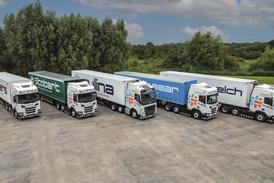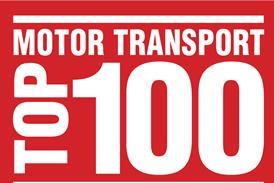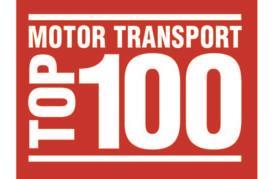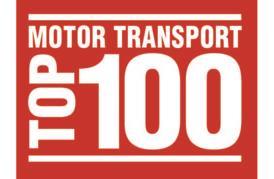Tarmac joins government eHGV demo programme

Tarmac and TVS Interfleet have become the latest members of the eFREIGHT 2030 ZEHID consortium, which aims to pave the way for zero emission transport.
You have reached your limit of free news
Register for free today to read more content. Already registered? SIGN IN now
Want to read more?
Register for free now to access the full article.
Let us help you reach your carbon zero targets, sign up today and unlock:
- Unlimited access to breaking news, commentary and analysis around the decarbonisation of the road freight and commercial vehicle sector
- Continued access to the Freight Carbon Zero weekly newsletter, sent directly to your inbox












